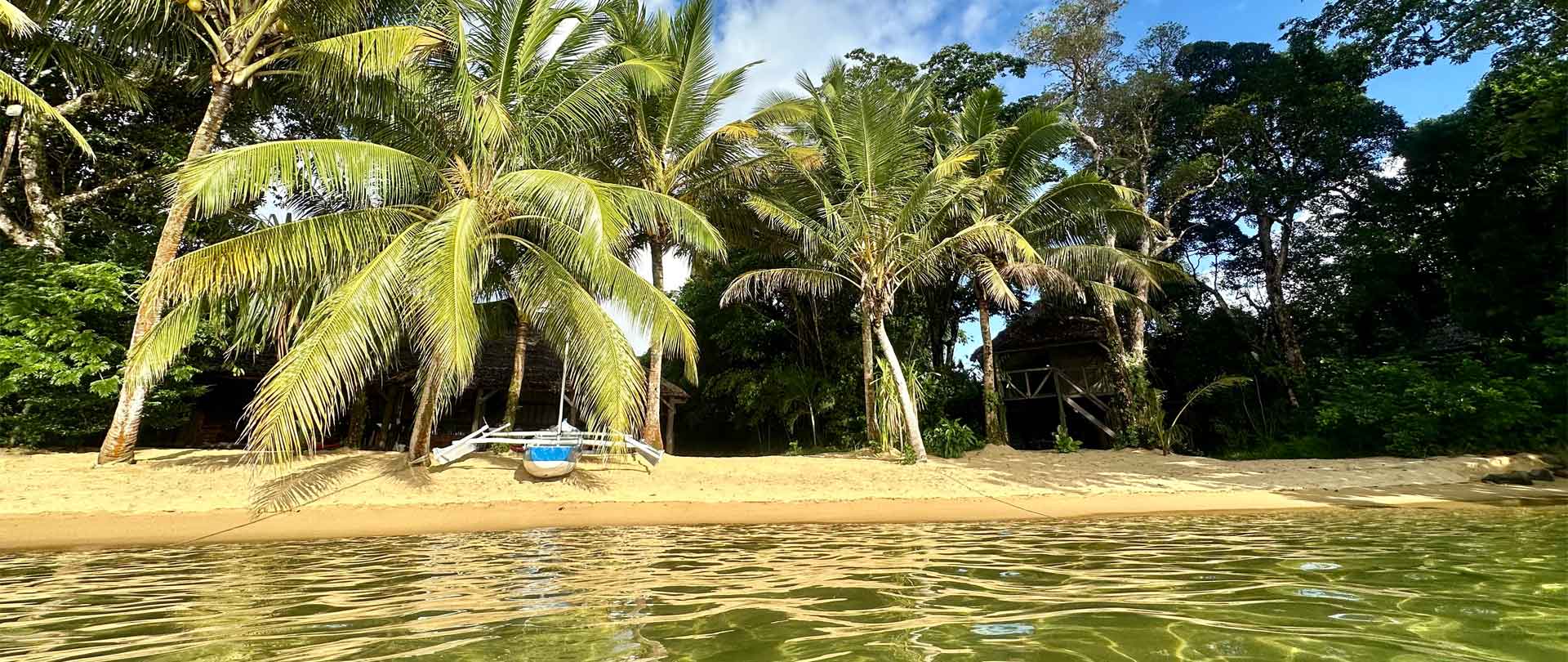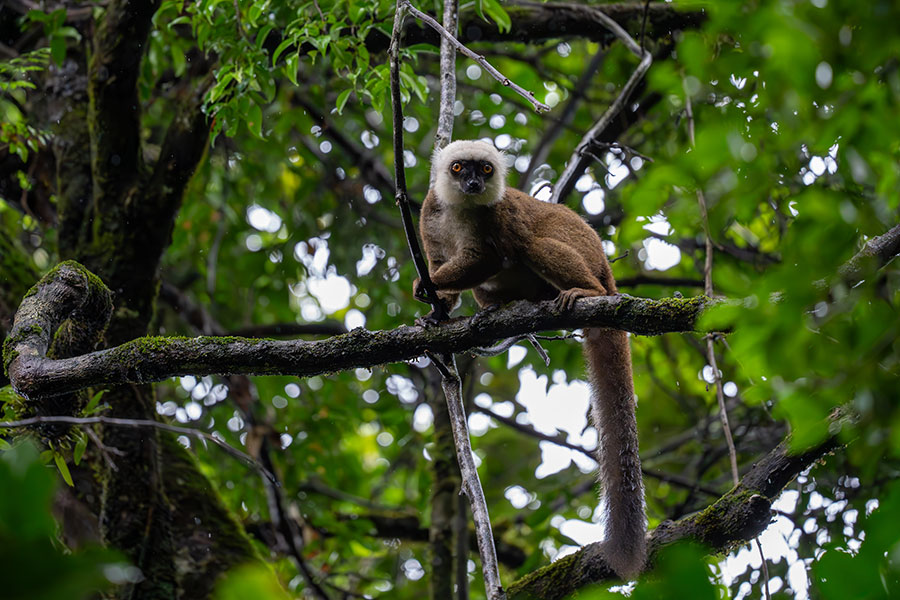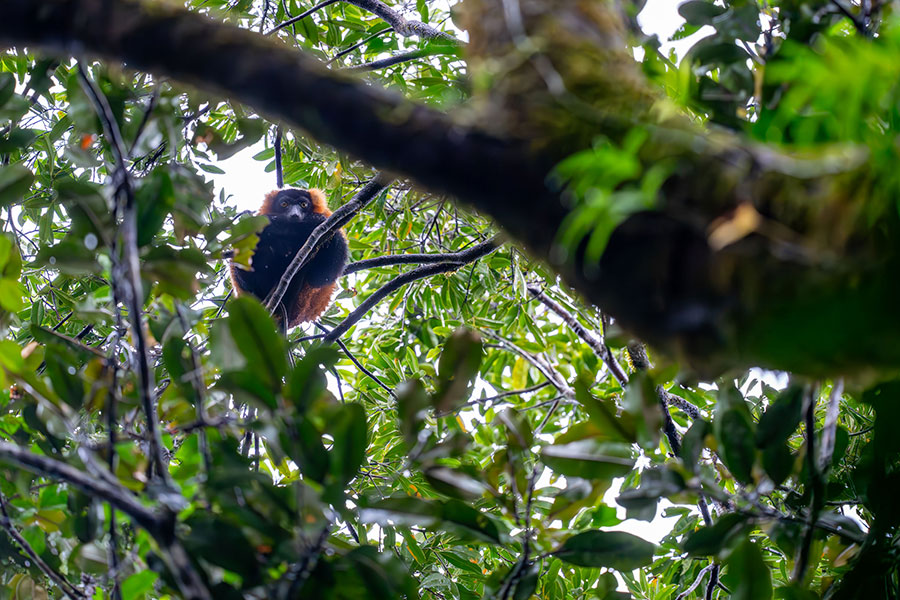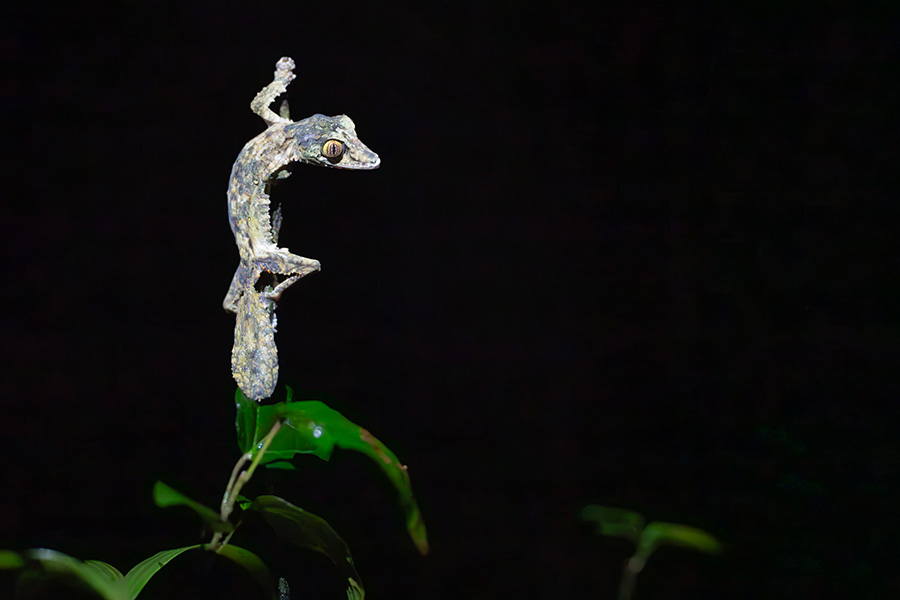One of the unique aspects of Masoala is its proximity to the ocean and that it protects both terrestrial and marine environments. The park’s coastal areas and adjacent marine reserves are a haven for marine life, making it a prime destination for snorkeling and diving. The coral reefs here are home to a diverse array of fish, sea turtles, and other marine creatures.
Snorkeling in the clear waters off Masoala’s coast reveals a stunning underwater world. Vibrant coral formations and schools of colorful fish create a mesmerizing spectacle. For those looking to explore deeper, scuba diving excursions offer an even closer look at the park’s marine biodiversity. Encounters with sea turtles, rays, and even the occasional reef shark are not uncommon.
Unfortunately, I was not in Masoala during the right season to see what I would consider a true highlight. From July to early September, humpback whales visit Antongil Bay for breeding and calving. Based on my conversation with the guides and locals, I look forward to returning during this time of year to kayak amongst breaching whales!
Visiting a local community in Masoala as part of my safari offered a unique opportunity to experience the rich culture and daily life of Madagascar’s rural inhabitants. Eco-tourism plays a crucial role in supporting these communities, providing alternative income sources and incentives for conservation. Locals proudly share their traditions and knowledge, while also benefiting from responsible travel. The interaction with the residents created a more meaningful and responsible travel experience and as I explored the forest, spotting lemurs and orchids, I knew my visit was not only a privilege but also a vital investment in the future of this incredible region.
As I prepared to leave Masoala, I reflected on the incredible experience I had. This park, often overlooked due to its remote location and challenging weather, offers a glimpse into Madagascar’s primordial past. It’s a place where nature still reigns supreme, where new species are still being discovered, and where the delicate balance of ecosystems remains largely intact.





